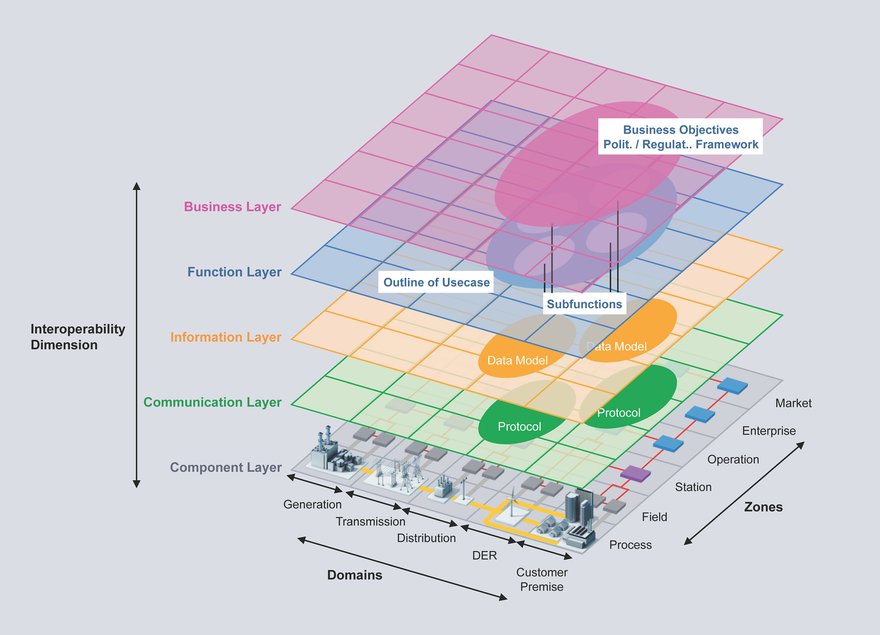Siemens announced a Smart Grid Architecture Model (SGAM) which it is promoting as an open standards technical model for smart power generation, distribution and use.
Siemens Infrastructure & Cities division developed the method for the visualization, validation, and configuration of smart grid projects, and also for standardization within smart grids.
In the European smart grid pilot project “EcoGrid EU,” the architecture is being developed and validated using the SGAM model. And at the industry level, microgrid scenarios have been designed using the model by comparing alternative communications architectures and evaluating their suitability.
One of the challenges involved was to develop a technical architecture that describes the functional connections and the information and communications technology relationships between smart grid domains and participating systems and subsystems, it said.
“Siemens stands for open standards. We’re represented on all important committees and are playing a key role in pushing forward the standardization of the smart grid,” said Christian Wurhofer, head of Technology & Innovation at the Smart Grid Division in the Siemens Infrastructure & Cities Sector.
For Siemens, this marks a significant increase in its expertise in smart grid solutions.
Aspects of interoperability have been taken into account as well as issues of availability, information security, and energy efficiency. The developers also designed migration scenarios for an existing installed base. They likewise allowed for the fact that development of a power system into a comprehensive smart grid is an evolutionary process marked by gradual development in stages. That’s why the outcome was not so much a blueprint of a smart grid architecture but rather a method for the validation of smart grid elements’ interactions.
The foundation of the SGAM architecture model is the smart grid level that spans the domains of the power generation and conversion chain as well as the hierarchical zones of power system management. Interoperability is depicted by the five superimposed model layers “Component,” “Communication,” “Information,” “Function,” and “Business.”
(Click on the image above for more details.)
Using this model, it is possible to display and compare different approaches to smart grid solutions so that differences and commonalities between various paradigms, roadmaps, and points of view can be detected.
There has already been initial experience with the practical application of the architecture model in the areas of standardization, pilot projects, and industry.

